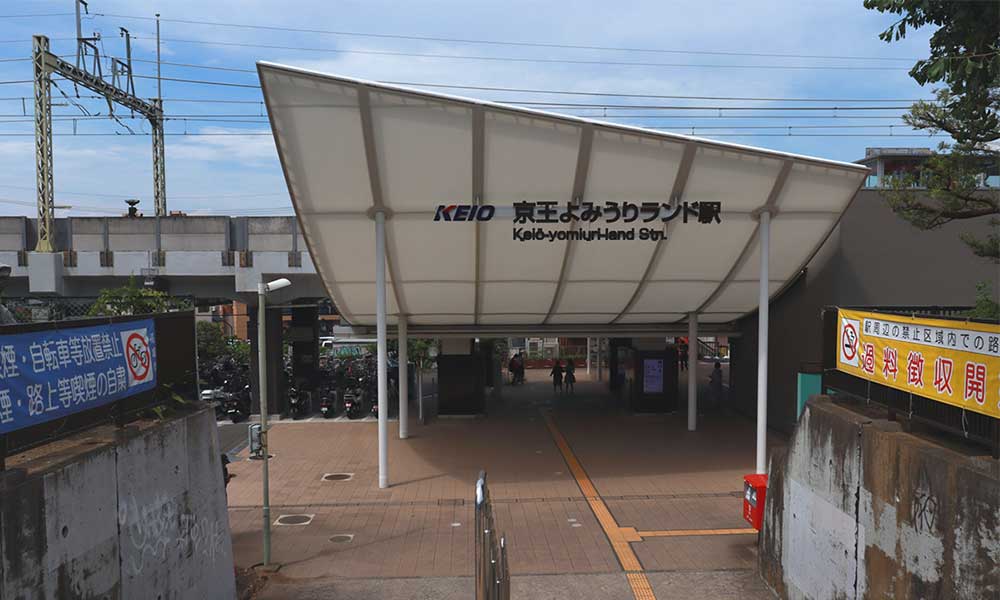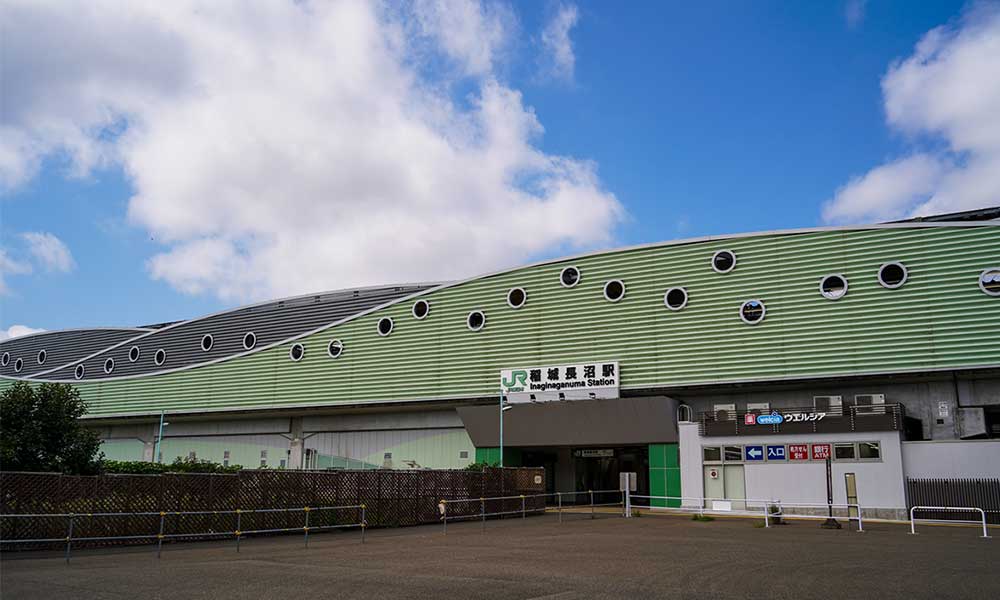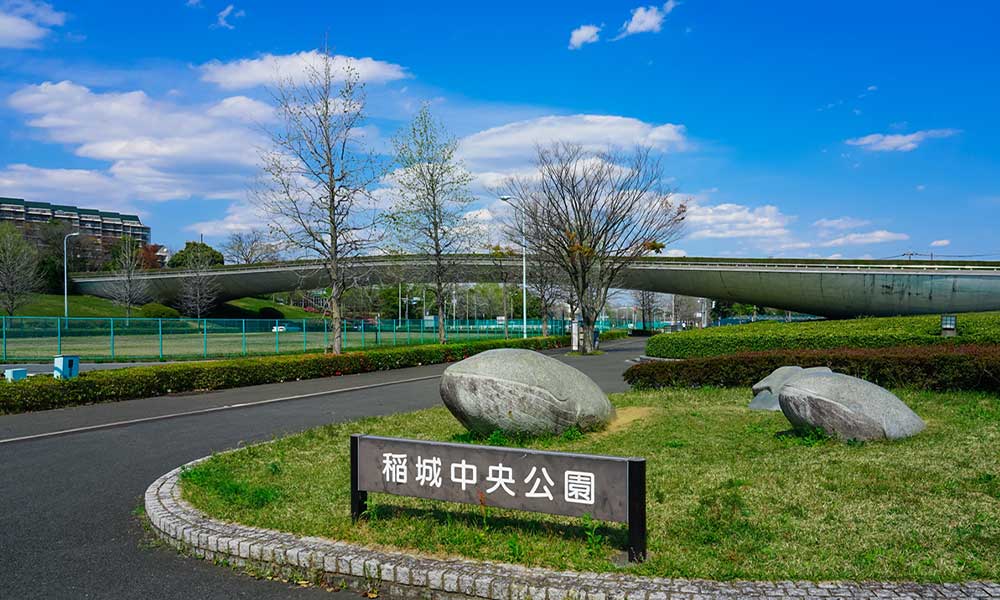Inagi City, Tokyo東京都稲城市
Living in Inagi City, Tokyo

We have Summarized the livability of Inagi City, Tokyo.
MINAMI AREA南多摩地域
CONTENTS
- What kind of place is Inagi City, Tokyo?
- Inagi CityPR video
- How is the traffic situation in Inagi City?
- How are the rent and land prices in Inagi City?
- How is childcare and education in Inagi City?
- How about shopping in Inagi City?
- How about jobs and recruitment in Inagi City?
- Inagi City’s unique subsidy/subsidy system
What kind of place is Inagi City, Tokyo?

Inagi City: A city where nature and the city blend together, offering a tranquil living environment
Inagi City is located in the central-southern part of Tokyo and has an area of approximately 17.97 square kilometers.
It borders Fuchu City and Chofu City to the north, Kawasaki City in Kanagawa Prefecture to the east and west, and Tama City to the west.
It has a population of approximately 93,000 and approximately 42,000 households. (As of June 2023)
The Inagi City area is hilly and has many undulating areas, with the north being relatively flat and the southwest being hilly.
Inagi City’s history dates back to the Edo Period, when settlements were formed as an agricultural region. The Daimaru Canal, built during this period, drew water from the Tama River and was an agricultural canal that was essential for the rice paddies of neighboring villages at the time, leading to the prosperity of agriculture in the area.
In 1889, during the Meiji Period, six surrounding villages merged to form Inagi Village.
In 1927, during the Showa Period, the first railway line in the area was opened, and the area gradually became a place where people and goods came and went, and the population began to grow.
After surviving the war period, the area was incorporated as a town in 1957 and became Inagi Town.
In 1971, the city was incorporated and Inagi City was born.
After that, the construction of Tama New Town began, and the development of infrastructure accelerated, leading to a rapid increase in the population.
Currently, Inagi City is a commuter town for the metropolitan area, and is developing into a notable city with well-maintained streets and surrounded by lush nature, yet with good access to the city center.
Pear cultivation, which began in the Edo period, is still active in Inagi City today. It is the largest in Tokyo and is known as the “Inagi Pear” regional brand, with farms and direct sales stores bustling with tourists during harvest season, making it a popular spot.
A representative tourist spot in Inagi City is “Yomiuri Land,” which straddles Inagi City and Kawasaki City in Kanagawa Prefecture. Set on a vast site in the Tama Hills, it is a popular facility with an amusement park, go-karts, a pool, and more, with new attractions being built one after another.
It is a popular spot for families to enjoy, with illuminations held every winter and bungee jumping, which is the only experience in Tokyo.
PR video of Inagi City, Tokyo
Inagi City Tourism Promotion Video 2019 [Distributed Travel]
FeelINAGI【Inagi City Promotional Video】
How is the traffic situation in Inagi City?

Inagi City has well-developed train and bus services and offers easy access to the city center.
There are two train lines and five stations in Inagi City. It takes about 52 minutes to get from the station to Tokyo Station and about 28 minutes to get to Shinjuku Station.
| Yanokuchi Station | JR Nambu Line (Kawasaki – Tachikawa) |
| Keio Yomiuriland Station | Keio Sagamihara Line |
| Inaginagumanuma Station | JR Nambu Line (Kawasaki – Tachikawa) |
| Minamitama Station | JR Nambu Line (Kawasaki – Tachikawa) |
| Inagi Station | Keio Sagamihara Line |
Keio Dentetsu Bus, Odakyu Bus, and Kanagawa Chuo Kotsu are the bus companies that operate within Inagi City.
You can also use the community bus “i-bus” that travels around the city’s major facilities.
To access the expressway from the city, use the Kawasaki Kaido exit at Inagi Ohashi Bridge.
It is easily accessible to Shinjuku and there are many bus services available.
It is inconvenient because express trains do not stop here and you have to transfer.
How are the rent and land prices in Inagi City?

Inagi City is a comfortable city with well-developed residential areas and where you can enjoy the natural environment.
According to information from a real estate information website, the average rent in the city for a newly built apartment within a 10-minute walk from the station is about 69,000 yen for a 1K and 123,000 yen for a 2LDK.
The average land price is about 810,000 yen per tsubo.
The average price of a newly built apartment is 42,840,000 yen, the average area is 63.57 m2, and the average price per tsubo is 2,228,000 yen per tsubo. (As of 2018-2022)
The city is a commuter town located on the Tama Hills, part of the new residential area “Tama New Town” that spans Tama City and other areas.
Detached houses stand out away from the station, and condominiums can also be seen in front of the station.
Prices are relatively low compared to the city center, but due to increased demand in recent years, prices have been on the rise. It may be best to carefully decide when to buy.
Being a commuter town, you can live in a quiet and green environment.
Land and condominium prices have risen in recent years.
How is childcare and education in Inagi City?

Inagi City is a city with well-developed educational institutions, child-rearing support, and local events.
Inagi City has 14 nurseries, 7 kindergartens, 11 elementary schools, 7 junior high schools, 2 high schools, 3 junior colleges/universities, and 1 vocational school.
For both outpatient and inpatient medical care, infants covered by the Infant Medical Care Subsidy System (up to the first March 31st after reaching age 6) are fully subsidized. Children between the ages of 7 and 18 under the “Compulsory Education Children’s Medical Expense Subsidy System” and the “High School Student Medical Expense Subsidy System” (up to March 31st after they turn 18) are eligible for a subsidy of up to a maximum of 200 yen per visit from the self-pay amount for insured medical treatment, and full subsidies for prescription medication, hospitalization, and home care visits.
Child allowances are provided in the following amounts: 15,000 yen for children under 3 years old, 10,000 yen for the first and second child aged 3 or older but not yet entering elementary school, 15,000 yen for the third child and onwards, and 10,000 yen for junior high school students.
Inagi City also has its own unique support system.
The “Temporary Childcare Service” is a support system that allows parents to temporarily leave their children at daycare centers at a relatively low cost when they need to leave their children temporarily due to their parents’ work, etc. It can be used at 10 daycare centers in the city.
The “Childcare Plaza Service” is a support system that provides parenting support, parenting consultations, and various courses for preschool children and their parents at about 11 daycare centers and kindergartens in the city.
In addition, as a convenient service for leisure activities, we distribute tickets for free parking in city parks. We support households with preschool children 12 times a year.
The “Family Support Center Project” is a mutual support activity in which both those who want to receive child-rearing support and those who want to help with child-rearing become members and support child-rearing in the community. It is a convenient service that can be used at a relatively low price, and can be used for transportation to and from nursery schools and after-school clubs.
The “after-school club” is a support measure for elementary school children who cannot be looked after after school due to work, etc., and provides a place for them to play and learn safely and keeps an eye on them.
It has a wide range of childcare support and facilities, making it a recommended place for families with children.
There are few obstetrics and gynecology clinics, so you may have to travel to a nearby municipality for a medical examination.
How about shopping in Inagi City?

Inagi City has limited commercial facilities, but you won’t have any trouble with everyday shopping.
There are few large shopping malls or department stores in Inagi City, but there are small and medium-sized commercial facilities, supermarkets, drugstores, and electronics retailers scattered throughout the area, so you will never have trouble shopping for daily necessities.
“Amelia Inagi Shopping Center” is a 5-minute walk from Keio Yomiuriland Station and is a shopping facility that includes a supermarket, drugstore, and miscellaneous goods.
“I-Port Yanoguchi” is a commercial facility directly connected to JR Nambu Line Yanoguchi Station and is a facility that includes a convenient supermarket that is open until late at night, restaurants, drugstores, and more.
Just a short walk from Inagi-Naguman Station on the JR Nambu Line is the “Pairy Road Inagi Shopping Street,” a popular shopping street lined with unique stores, restaurants, and shops.
The city also has about 10 supermarkets, including Super Sanwa and Inageya.
There are several supermarkets and shopping streets, so you won’t have any trouble with everyday shopping.
There are very few department stores or places where you can buy high-end branded goods.
How about jobs and recruitment in Inagi City?
Inagi City: A city with local job opportunities and easy access to the city center
The average annual salary in Inagi City is 4.24 million yen.
Most of Inagi City is residential, with relatively limited commercial and industrial areas. As a result, job openings in the city are mainly in the service industry, such as retail, food and beverage, education, medical care, and welfare.
There are large commercial facilities, supermarkets, restaurants, and other commercial facilities, mainly in front of the station, and there tends to be a relatively large number of job openings. However, the number of job openings in the city is smaller than in other urban areas, so competition for job seekers can be fierce.
In addition, there are food and metal-related factories scattered along the Tama River around Minami-Tama Station, so you can expect a certain number of job openings.
Since it is in a residential area, you can work surrounded by parks and natural surroundings.
The number of job openings in the city is relatively low compared to other urban areas, and competition tends to be fierce. Salaries also tend to be lower than in central Tokyo.
Inagi City, Tokyo’s unique subsidy/subsidy system
Inagi City, Tokyo’s unique housing assistance and subsidy system
Inagi City, Tokyo’s unique childcare support system
| Inagi City Childbirth and Childrearing Support Project Distribution of free parking tickets for Inagi City child-rearing households at parks 1 year old present |
Inagi City, Tokyo’s unique system for further education and tuition assistance/subsidies
| School support School attendance incentive fee Loan Program to Support Exam Takers |






